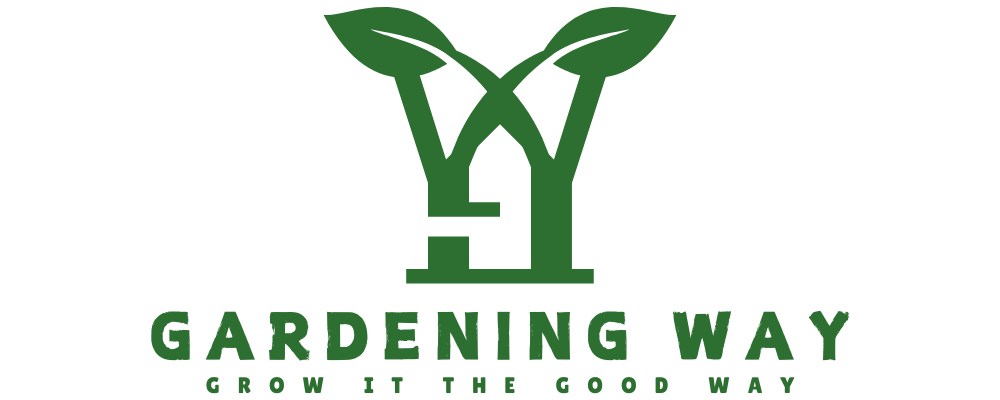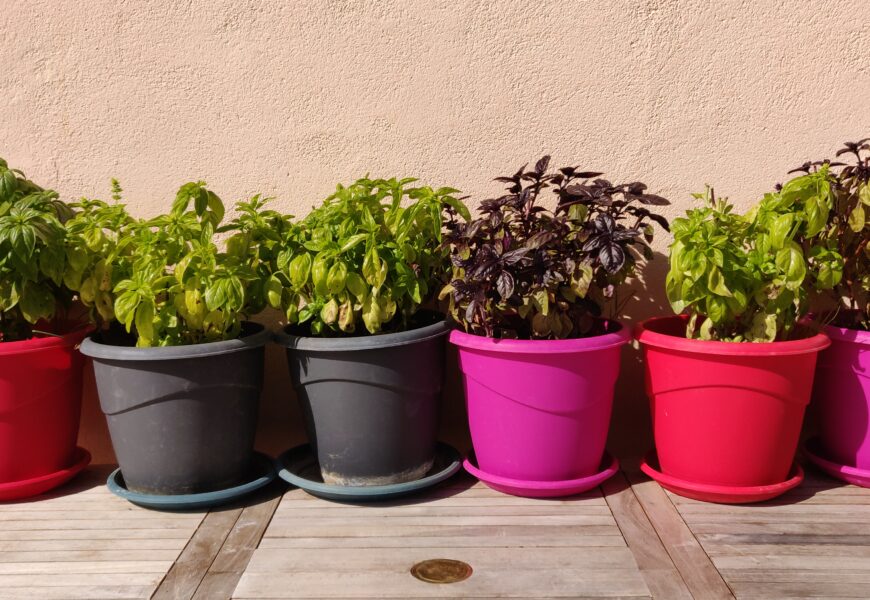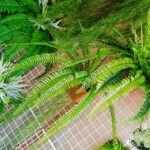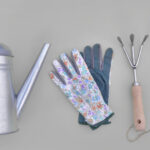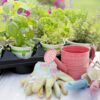Fresh herbs can transform ordinary dishes into culinary masterpieces; growing them indoors is easier than you might think! This guide will walk you through creating and maintaining your indoor herb garden, ensuring you have fresh herbs at your fingertips year-round.
Why Grow Herbs Indoors?
Growing herbs indoors offers numerous benefits:
- Fresh herbs year-round
- Significant savings on store-bought herbs
- Control over growing conditions
- No pesticides or chemicals
- Enhanced home aesthetics
- Immediate access while cooking
Getting Started: Essential Setup
Choosing Your Location
The right location is crucial for success. Most herbs need:
- 6+ hours of sunlight daily
- Good air circulation
- Stable temperature (65-70°F)
- Protection from drafts
- Easy access for harvesting
Container Selection
Your choice of containers can make or break your herb garden:
- Material Options:
- Terra cotta (excellent drainage)
- Plastic (lightweight and affordable)
- Ceramic (attractive but needs drainage holes)
- Self-watering containers (ideal for beginners)
- Size Requirements:
- Minimum 6-inch depth for most herbs
- Individual pots for each herb
- Room for root growth
- Proper drainage holes
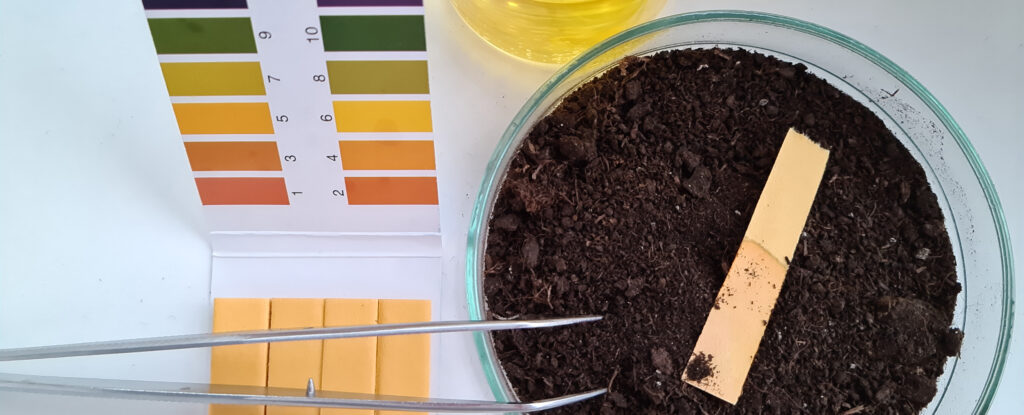
Best Herbs for Indoor Growing
Easy-to-Grow Herbs
- Basil
- Loves warm conditions
- Regular harvesting promotes growth
- Perfect for Italian cuisine
- Mint
- Vigorous grower
- Separate from other herbs
- Great for teas and cocktails
- Chives
- Grows well in low light
- Continuous harvest possible
- Adds fresh flavor to any dish
- Parsley
- Tolerates lower light
- Long-lasting
- High in nutrients
Intermediate Level Herbs
- Rosemary
- Needs excellent drainage
- Requires good air circulation
- Perfect for Mediterranean dishes
- Thyme
- Compact growth habit
- Drought-tolerant
- Versatile culinary use
Essential Care Guidelines
Soil and Planting
Use high-quality potting mix specifically for herbs:
- Well-draining soil mix
- Add perlite for better drainage
- Never use garden soil
- Consider organic options
Watering Tips
Proper watering is crucial for herb success:
- Water when top inch of soil feels dry
- Avoid overwatering
- Use room temperature water
- Water at soil level, not leaves
- Ensure good drainage
Fertilizing Schedule
Herbs don’t need much fertilization:
- Use organic fertilizer monthly
- Dilute to half-strength
- Avoid over-fertilizing
- Stop feeding in winter
Harvesting and Using Your Herbs
Proper Harvesting Techniques
- Morning harvesting for best flavor
- Use clean, sharp scissors
- Cut stems, not just leaves
- Never remove more than 1/3 of the plant
- Regular harvesting promotes growth
Storage Methods
Keep your herbs fresh longer:
- Refrigerate between damp paper towels
- Freeze in oil or water
- Dry for long-term storage
- Create herb-infused oils
Troubleshooting Common Problems
Yellow Leaves
- Usually indicates overwatering
- Check drainage
- Adjust watering schedule
- Ensure proper light
Leggy Growth
- Insufficient light
- Rotate plants regularly
- Consider supplemental lighting
- Prune regularly
Pest Management
Natural pest control methods:
- Neem oil spray
- Insecticidal soap
- Regular inspection
- Good air circulation
Seasonal Considerations
Winter Care
- Reduce watering
- Increase humidity
- Move away from cold windows
- Consider grow lights
Summer Maintenance
- Increase watering
- Protect from direct sun
- Monitor for bolting
- Regular harvesting
Advanced Tips for Success
- Companion Planting
- Group herbs with similar needs
- Consider growth habits
- Plan for mature sizes
- Propagation
- Take stem cuttings
- Root in water or soil
- Share with friends
- Expand your garden
Growing herbs indoors is a rewarding experience that enhances both your cooking and your living space. Start with a few easy-to-grow varieties and expand your indoor herb garden as your confidence grows. Happy herb gardening!
